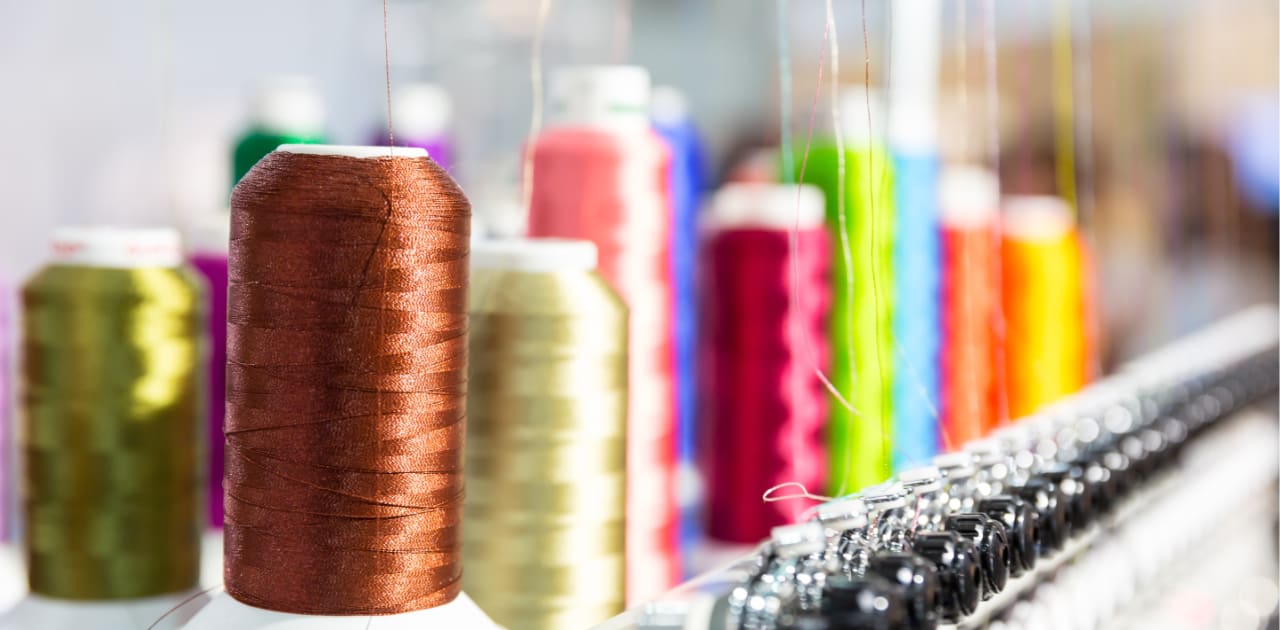
WHAT MAKES GOOD EMBROIDERY? HERE’S HOW YOU CAN TELL SHODDY WORK FROM THE GOOD
Photo from elements.envato
Originally Posted On: https://www.byoglogo.com/what-makes-good-embroidery/
A customer who comes to BYOG Logo sometimes has a look on their face that we’ve come to translate as, “This isn’t cheap. I’m surprised by how much more this is going to cost. Why isn’t it cheaper?”
The simple truth is we don’t peddle shoddy products. Like any kind of clothing, you know when you’re buying a thin t-shirt or that those cheap running shoes from the Big Box Department Store isn’t going to last for long. The buttons will fall off, the soles will wear out, the zippers get stuck or break, or they just fade in the washing machine.
Embroidery adds an extra layer of artistry and craftsmanship to the garment. So if you take a cheap shirt and apply some quick embroidery to it, it’s not going to last. That might be fine if you just need a piece for a short period, like a field trip with the kids, but we’re not interested in that kind of work. And since we’re talking about embroidery we can also assume you need something to last. Screen printing is a better option for short-term apparel.
We take embroidery seriously. Here are five ways you can tell lousy embroidery work from the good.
THE DESIGN OR PATTERNS DON’T MATCH UP
If we’re stitching a pattern, like a floral print, into a space on a bag, hat, or other piece of clothing, mass-produced embroidery on the cheap often won’t line up. Imagine a flower where a few petals are misaligned. Or a series of squares, circles, or repeating patterns that are just a little bit off.
We’ve all seen a tile floor where one of the tiles is out of step, upside down, or rotated askew from the rest. Some people might argue they’re not bothered by this, but it doesn’t mean the work wasn’t the best it could be.
THERE ARE TOO MANY JUMP STITCHES
Jump stitches are about what they sound like: anytime a a stitch has to “jump” from one space to another. The result is a single thread that forms a line “as the crow flies” to the next spot where the same thread color is used. BYOG hides these threads by reducing the number of times we have to jump stitch and by hiding the rest of the unavoidable jumps on the underside or back of a garment so they’re not visible.
INEFFICIENT STITCHING NOT DONE ALL AT ONCE
Related to jump stitches, you want to pay attention to the stitching paths. Generally you want all parts of the same thread done at the same time. This improves consistency in the thread’s appearance. Similar to painting a room, you typically want to paint all visible areas with the same color, same brand, same “purchase” of paint. Because if you buy a gallon today and buy another gallon next month, the paint is probably close but differences in the mix and handling can make it a little bit different.
The same goes for threads, which can be slightly different from one thread spool to another.
MIS-MATCHED STITCH ANGLES AND OVERLAPS
You can look at the threads in a piece and like the ridges of a potato chip they should all be in the same direction. Depending on the artwork, the embroidery work can be vertical, horizontal, at ninety degrees, or any other angle in between. The angles are determined by the colors, artwork, and the intended effect in a good piece of embroidery. And each element of the artwork can stand on its own.
Bad embroidery will switch angles in different parts of the artwork. Like a road that changes direction for seemingly random stretches, it makes the texture look sloppy and can make text harder to read.
THE FINAL PRODUCT IS WARPED OR PILES UP
The final product is the best tell. If you look at an embroidered design and notice the edges want to curl up as if it’s puckering from the tension, that’s a sign of bad embroidery or a cheaper quality source fabric. Thin shirts, for example, often can’t hold up to the tension from a large area of embroidery.
Are the rest of the stitches attractive without being too dense? Does it feel too stiff? Bad embroidery work will lack underlay stitching that causes shifting and gaps in the threads, like a house without a foundation.
